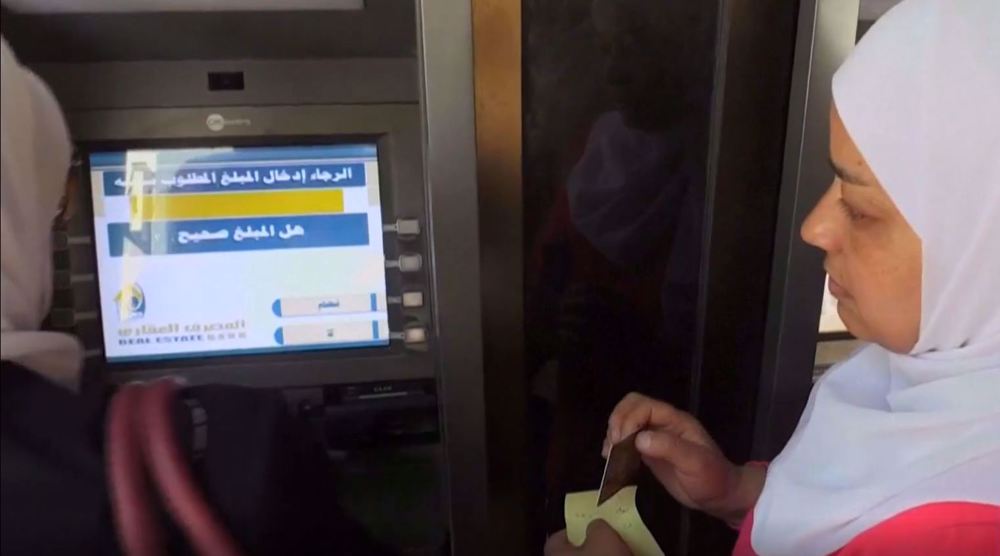South Sudan: Recurrence of civil war
South Sudan gained its official independence in 2011 as part of a US-backed deal which was signed in Nairobi in 2005 after decades of war.
But in late 2013, violence erupted due to a conflict between its President Salva Kiir and his deputy Riek Machar, who had aspirations to become president.
When the secession took place, there were lots of hopes pinned on the world’s newest nation to become prosperous. Businesses were just beginning to flourish.
But South Sudan derived most of its revenues from oil sales. Some 98% of its budget was derived from oil. When the world oil prices plummeted, so did South Sudan’s economy.
Furthermore, the oil fields, which were located in the highly contested border area between Sudan and South Sudan, became a source of tension between the two.
The US also had a hand in the deterioration of situation in South Sudan. It is the result of yet another Washington intervention in a foreign country, which is destruction, violence, chaos and the victimization of the people.
Washington was interested in weakening the Republic in Sudan and encouraged South Sudan to break away. Its main interest was oil. By targeting the country for its oil, it also undermined China’s influence in the country.
Watch the full version of this episode of the program here:
Yemen faces ‘highest burden’ of cholera globally: WHO
Settlement expansion proves Israel cannot be trusted for any peace deal: Hamas
VIDEO | Press TV's news headlines
Trump 2.0 and its possible implications on Ukraine war, NATO and Europe
Israeli commander exposed troops to resistance fire to steal plasma screens
Iran lifts ban on WhatsApp, Google Play
VIDEO | Palestinian childhood under threat
Yemeni forces strike Israeli military site with hypersonic missile









 This makes it easy to access the Press TV website
This makes it easy to access the Press TV website